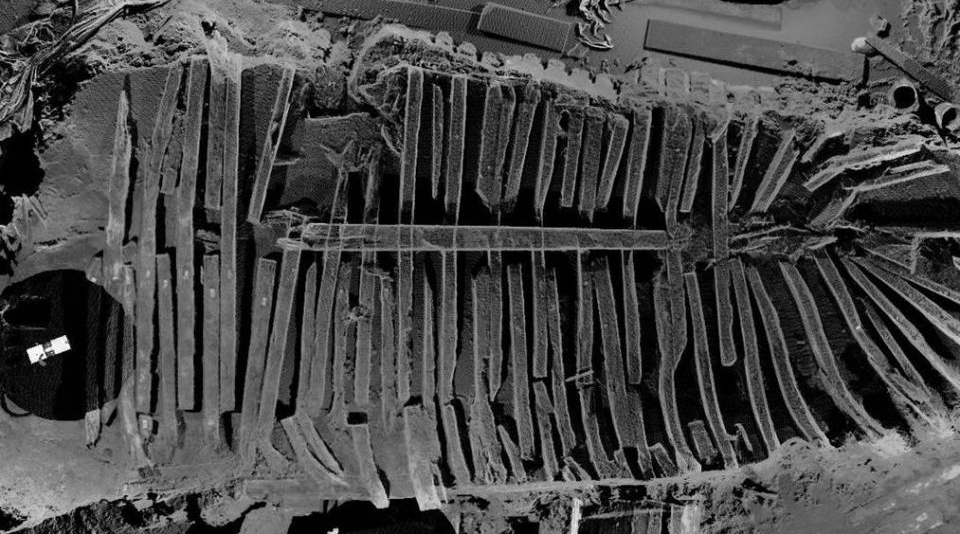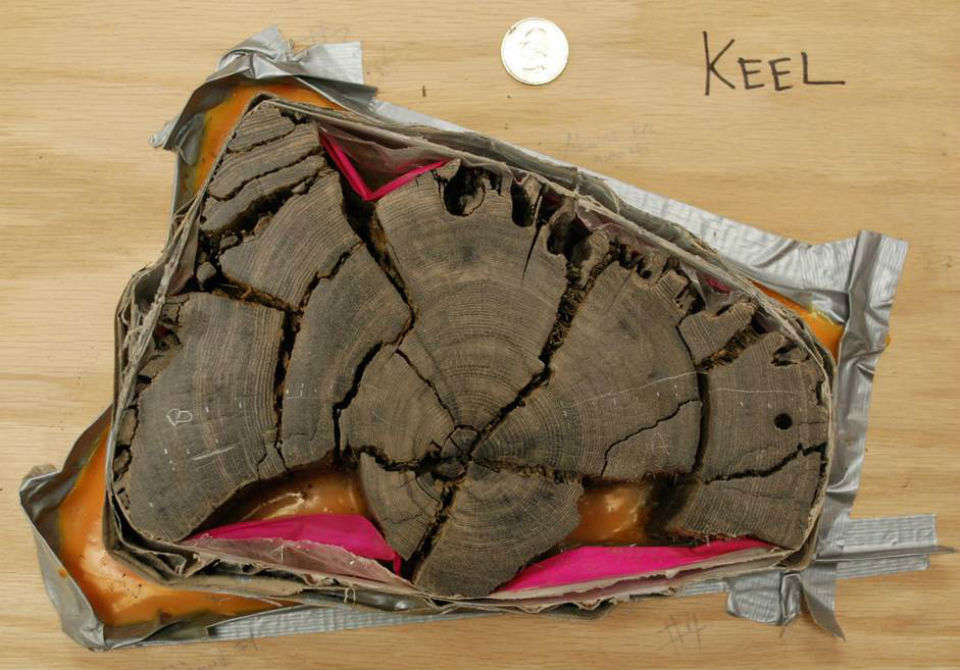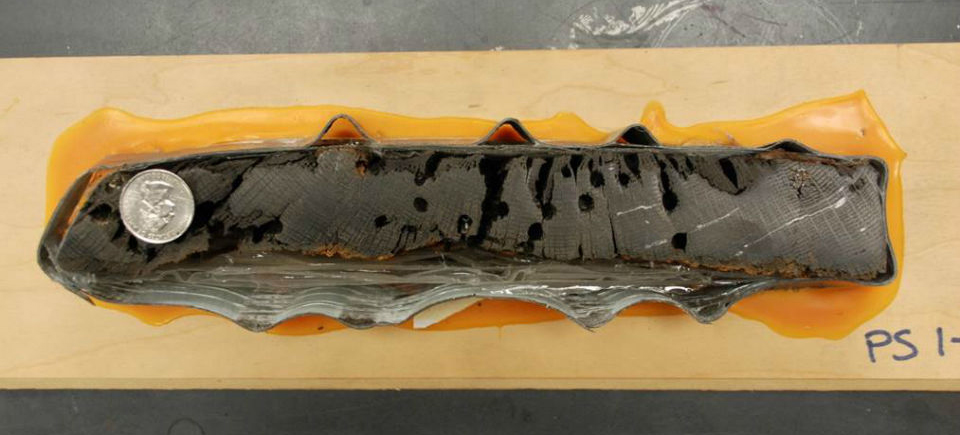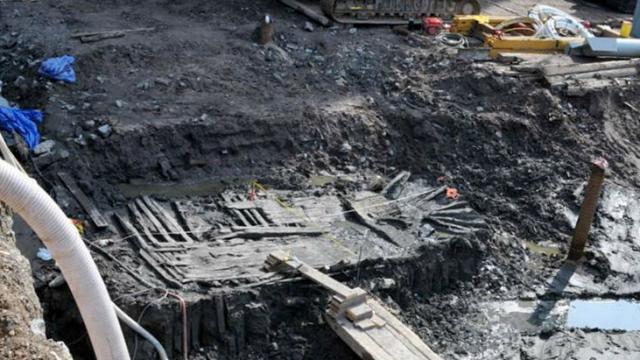Scientists have found the secrets of the old ship unearthed in 2010 under the ruins of the Twin Towers. First, the large vessel — buried under 6.7m of soil and wreckage — was built around the same time the Declaration of Independence was signed. There’s more — but there’s also one big mystery left unsolved.

By comparing the wood’s ring patterns with the historical record, researchers at Columbia’s Tree Ring Lab led by Dr Martin-Benito found that the ship was built in a Philadelphia shipyard around 1773. Most importantly, the rings matched samples from Independence Hall — the building where the founding fathers signed both the Declaration of Independence and the Constitution of the United States.


On July 2010, archaeologists monitoring excavation at the World Trade Center site (WTC) in Lower Manhattan found the remains of a portion of a ship’s hull. Because the date of construction and origin of the timbers were unknown, samples from different parts of the ship were taken for dendrochronological dating and provenancing. After developing a 280-year long floating chronology from 19 samples of the white oak group (Quercus section Leucobalanus), we used 21 oak chronologies from the eastern United States to evaluate absolute dating and provenance. Our results showed the highest agreement between the WTC ship chronology and two chronologies from Philadelphia (r = 0.36; t = 6.4; p < 0.001; n = 280) and eastern Pennsylvania (r = 0.35; t = 6.3; p < 0.001; n = 280). The last ring dates of the seven best-preserved samples suggest trees for the ship were felled in 1773 CE or soon after. Our analyses suggest that all the oak timbers used to build the ship most likely originated from the same location within the Philadelphia region, which supports the hypothesis independently drawn from idiosyncratic aspects of the vessel’s construction, that the ship was the product of a small shipyard. Few late-18th Century ships have been found and there is little historical documentation of how vessels of this period were constructed. Therefore, the ship’s construction date of 1773 is important in confirming that the hull encountered at the World Trade Center represents a rare and valuable piece of American shipbuilding history.
Past analysis of the wood also found burrowing holes produced by a worm plague, which researchers think the ship got in a trip to the Caribbean. Dr Martin-Benito believe that this was the reason why the ship suffered a premature death on the coast of Manhattan.
One mystery remains, however: How the hell did the ship end down here? Here’s a possible answer:
Historians still aren’t certain whether the ship sank accidently or if it was purposely submerged to become part of a landfill used to bulk up Lower Manhattan’s coastline. Oysters found fixed to the ship’s hull suggest it at least languished in the water for some time before being buried by layers of trash and dirt.
